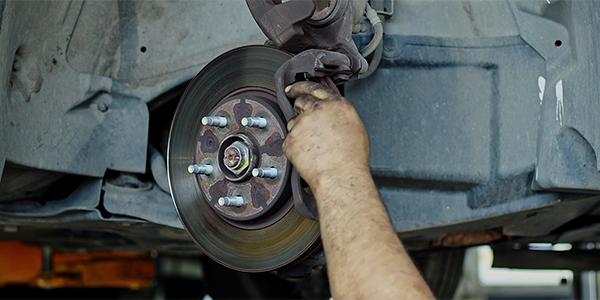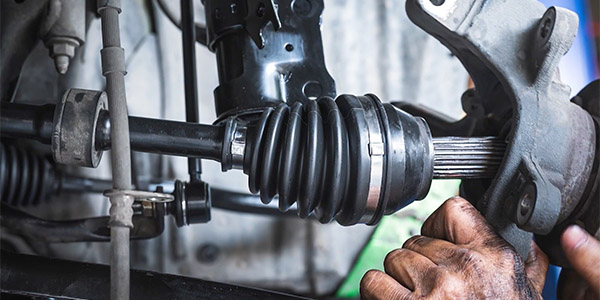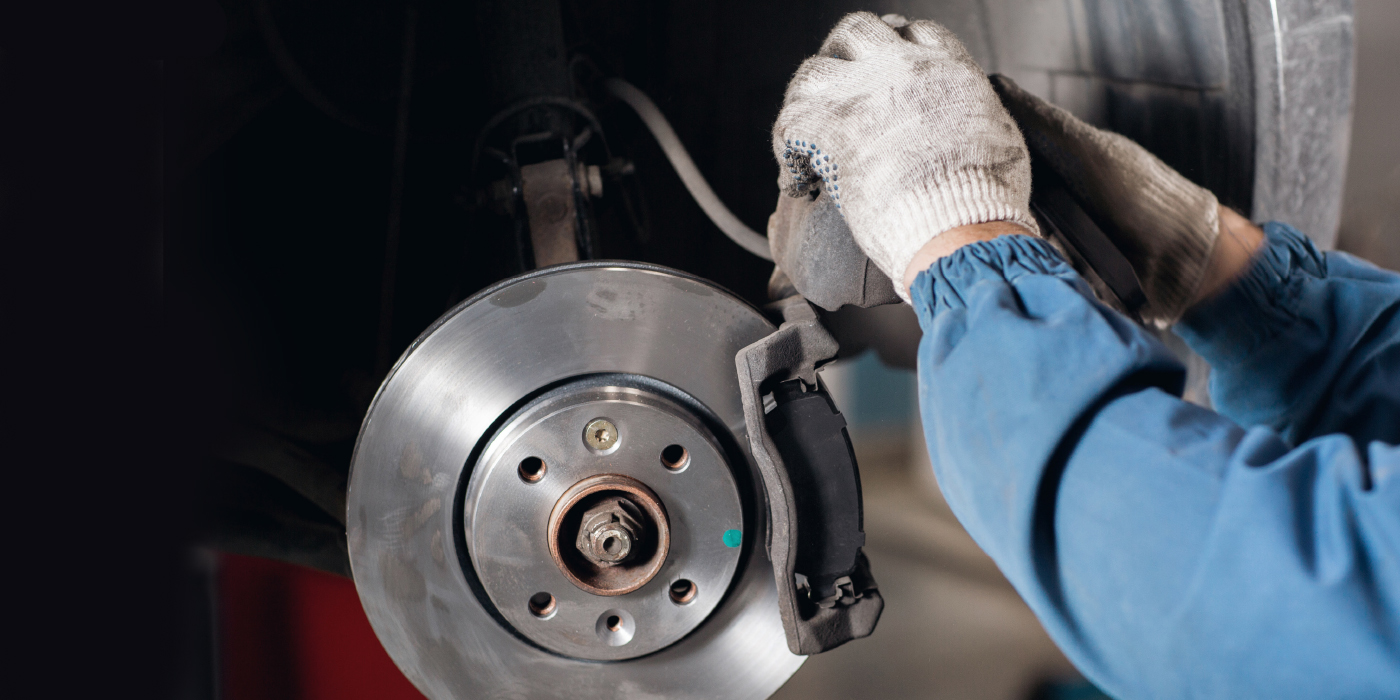CC:
For optimum driver safety, a complete job is critical. And that complete brake job begins at the service counter.
An effective service writer begins a complete brake inspection with a simple conversation. Ask what the brakes do. A lack of cold-brake response first thing in the morning; an illuminated ABS warning light; a squeal on a damp day, a brake pull or a soft brake pedal – any of these may be the customer’s key concern, and if that concern isn’t addressed, the job won’t be complete.
Of course, if the customer isn’t the daily driver or doesn’t have the answers, a closer inspection will be required.
Start the engine and look at the dashboard. Do the red “brake” or the orange “ABS” warning lights illuminate when the ignition is turned on? In some cases, a low brake fluid reservoir level might illuminate both lights. In other cases, a sticking parking brake handle or a hydraulic failure in the master cylinder might illuminate the red warning light. If the ABS warning light is illuminated, a technician should first use a scan tool to retrieve any trouble codes generally associated with ABS electronic failures.
Evaluate the brake pedal feel and pedal height. If the pedal feels spongy, microscopic amounts of air might have invaded the system. If the pedal feels low, perhaps the self-adjusters on the drum brakes have seized or, if the vehicle requires a park brake application to compensate for brake pad wear, the park brake itself might have seized cables. If the parking brake can’t be applied with normal pressure, the cables are likely seized. Whatever you do, don’t force a sticky parking brake pedal or lever because it might not fully release!
If it’s safe to do so, a short test-drive will generally reveal noises and performance problems associated with metal-to-metal brake friction wear or loose drivetrain, suspension and steering components. Pedal pulsation complaints might occasionally show up when the brakes are lightly applied. In some cases, the vehicle might have a defective tire causing a pedal pulsation or brake pulling complaint.
Look under the hood at the master cylinder and at the condition of the fluid. By examining the brake fluid, indications of internal wear may be detected, which also contributes to uneven pad wear.
Check all four brake pads for signs of cracking or uneven wear. This could be a sign of worn hardware or a malfunctioning caliper. Neglected calipers are also a major contributor to premature pad wear.
Remember that many vehicles require application-specific brake pads. If you do the math on the actual cost savings between an OE or premium OE-equivalent pad and a bargain product, you’ll quickly see that a lower initial price probably brings a higher risk for complaints and comebacks.
For more information on recommending the right brake parts for each of your customer’s needs, visit PowerStop.com.
Thanks for watching.
This video is sponsored by The Group Training Academy.














